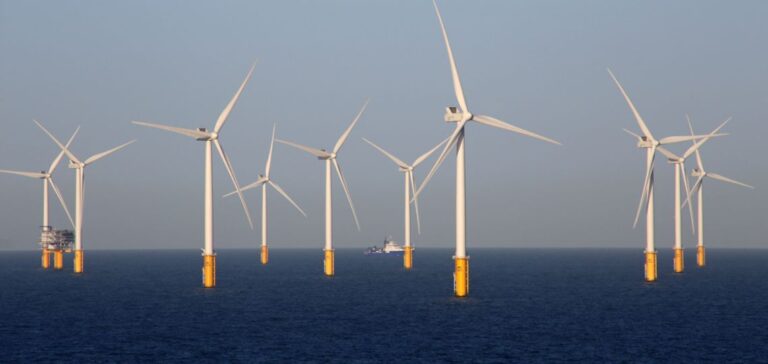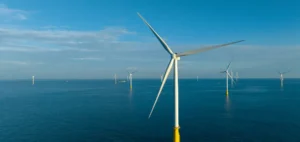The Princess Elisabeth Zone has been identified by the Belgian federal authorities as a key area to increase renewable electricity production in the country. It is in this context that Luminus, EDF Renewables and Jan De Nul Group have decided to join forces to respond to a call for tenders for the first phase of the offshore wind farm.
A joint venture to combine skills and expertise
The creation of a joint venture will allow the three companies to combine their expertise and experience in offshore wind energy to provide a qualitative and competitive offer. This collaboration will help to meet Belgium’s objectives for the development of renewable energy.
Common objectives for the energy transition
Frédéric Belloy, Executive Vice President and Head of International Operations at EDF Renewables, expressed his satisfaction with the collaboration, stressing that the group is determined to provide a competitive offer for the future Princess Elisabeth Zone and to contribute to Belgium’s energy transition and the development of a European offshore wind industry.
Philippe Hutse, Offshore Director of Jan De Nul Group, added that this joint venture represents a major step in the efforts to stimulate the growth of offshore wind energy in Belgium. The three companies share the same overall objectives for the offshore wind sector: to develop new large-scale projects to reduce costs, to create opportunities for the local supply chain, to develop the project in close collaboration with local stakeholders and to contribute to the Belgian energy transition.
For his part, Grégoire Dallemagne, CEO of Luminus, emphasized that this project is fully in line with his company’s raison d’être, namely to build a CO₂-neutral energy future, reconciling preservation of the planet, well-being and development, thanks to electricity and innovative solutions and services.
All in all, this collaboration between Luminus, EDF Renewables and Jan De Nul Group represents an important step towards achieving Belgium’s energy transition objectives.





















